
West end of the building
Photographed on 18 September 2003
Located on the north side of Highway 16
at the Tickle Road intersection
GPS location: 45°19'38"N 61°01'44"W

Photographed on 18 September 2003

Photographed on 18 September 2003

Photographed on 30 July 2005

Photographed on 30 July 2005

Photographed on 30 July 2005

Photographed on 30 July 2005

Photographed on 30 July 2005

Photographed on 30 July 2005
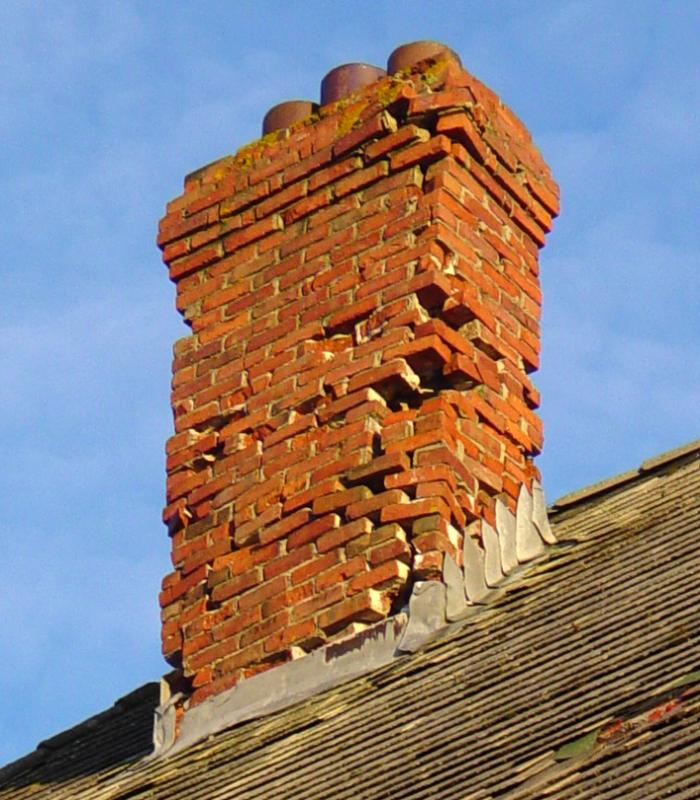
Photographed on 30 July 2005

Photographed on 30 July 2005

Photographed on 30 July 2005

Photographed on 30 July 2005
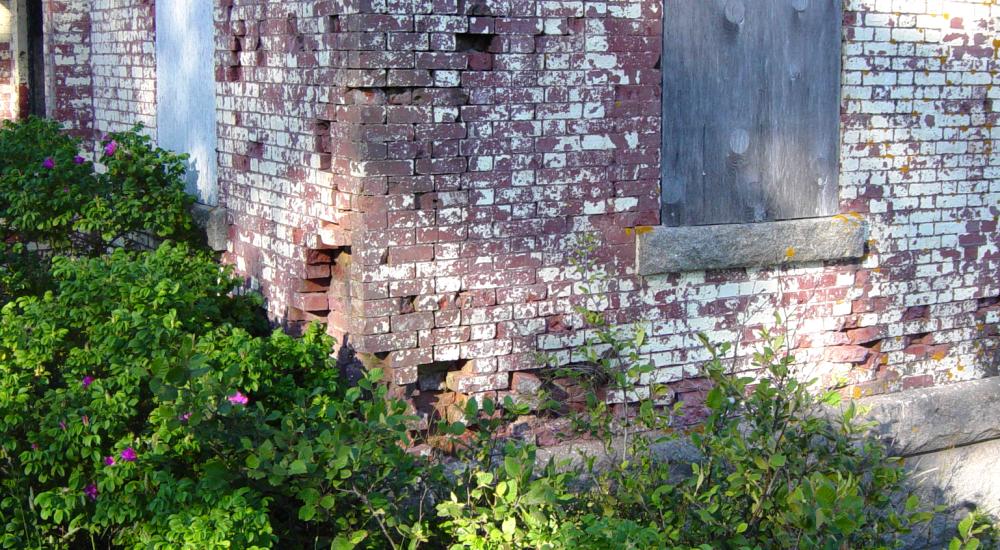
Photographed on 30 July 2005
 Commercial Cable Rehabilitation Society meets with MLA, MP
Commercial Cable Rehabilitation Society meets with MLA, MP


Photographed on 8 November 2005

Photographed on 8 November 2005

Photographed on 8 November 2005
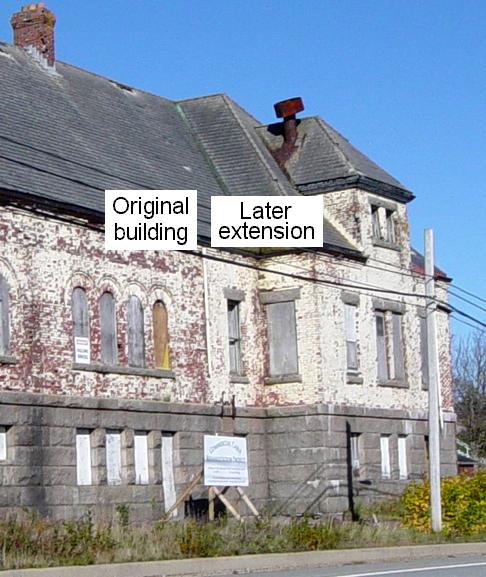
Photographed on 8 November 2005

Photographed on 29 November 2005
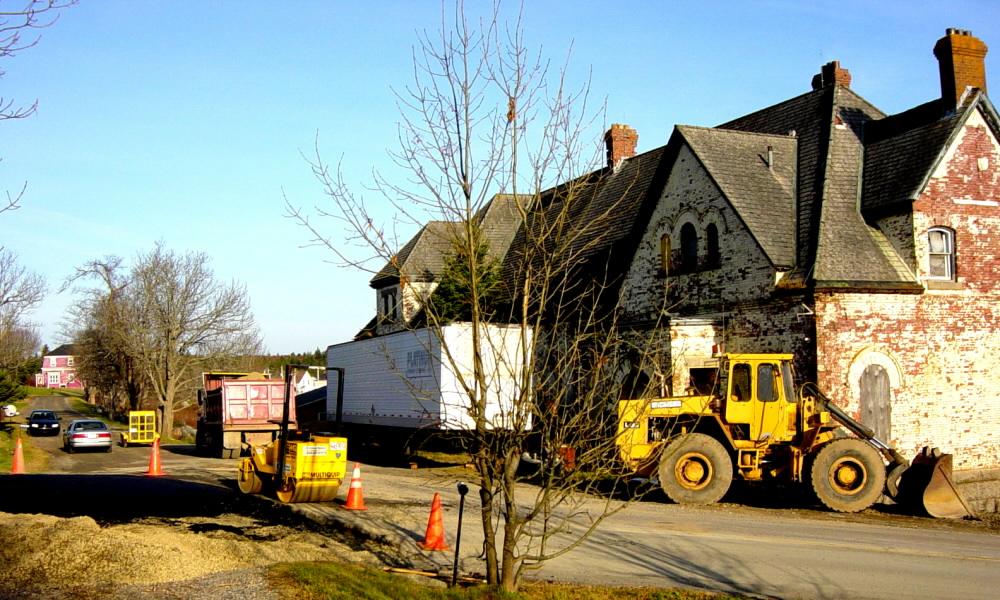
Photographed on 29 November 2005
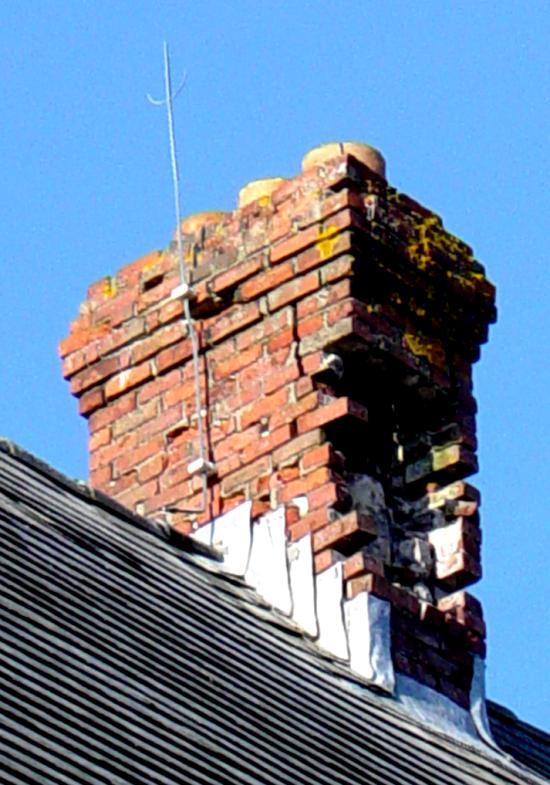
Photographed on 29 November 2005

Photographed on 29 November 2005

Photographed on 29 November 2005

Photographed on 30 July 2005
The Commercial Cable Company was incorporated in New York in 1883 by two wealthy men, J.W. Mackay and J.G. Bennett.
James Gordon Bennett (1841-1918) (the younger) was the owner of the New York Herald newspaper, having inherited it from his father James Gordon Bennett (the elder).
John William Mackay (1831-1902) had made a fortune in mining after emigrating in 1840 to the United States from Ireland; in 1859 he joined the rush to Nevada, where silver had been discovered. Mackay and J.G. Fair, later joined by William Shoney O'Brien and J.C. Flood, acquired control of valuable silver mines, which yielded them great fortunes.
Bennett and Mackay both used telegrams extensively in their businesses. They decided to go into the electric telegraph business in competition with the Anglo-American Company and others, which at that time had formed a syndicate known as "The Pool" that had a near monopoly of transatlantic telegram traffic, thus being able to keep telegraph rates high and profits large.
Bennett and Mackay agreed to work together to found a new transatlantic telegraph company in 1883. The Commercial Cable Company quickly laid two submarine (underwater) telegraph cables from Europe, landing the North American ends at Hazel Hill, near Canso, Nova Scotia. To maintain these cables the company kept a specially-designed cable ship, the Mackay-Bennett, at Halifax, ready to go to sea at any time on short notice if a cable failed.
In the 1890s, and continuing into the 1920s, the newspapers of the day often referred to the Commercial Cable Company's telegraph system as the "Mackay and Bennett Cable." This was a convenient way to identify with clarity – for the general public that might not be fully conversant with the intricate details of the ownership of the various and numerous telecommunications companies – which telegraph system was meant.
Beginning in 1885, the "Mackay and Bennett Cable" was the main transatlantic competitor of the "Field Cable", the owner and operator of the original transatlantic telegraph cables beginning in 1866.
|
Cablegram vs. Telegram
A "cablegram" is the same as a "telegram" — both terms
"Upon their arrival overseas (during World War Two), soldiers Here, "cable messages" simply means "telegrams".
"Her brother sent a cable." This line of dialog was spoken by Here, "cable" means "telegram".
The online
Free Dictionary defines "cablegram" (noun) |
| Map: underwater telegraph cables to and from Europe, 1911 | |
 Medium-size view 850 kilobytes |
 Full-size view 1790 kilobytes |
Links to Relevant Websites
|
Telegraph Technology
Telegraphy by Wikipedia
Underwater Telegraph Cables photographs of actual cables
1998 Diving Expedition to Recover Early Underwater Telegraph Cables
Telegraphic Codes and Message Practice, 1870-1945
|